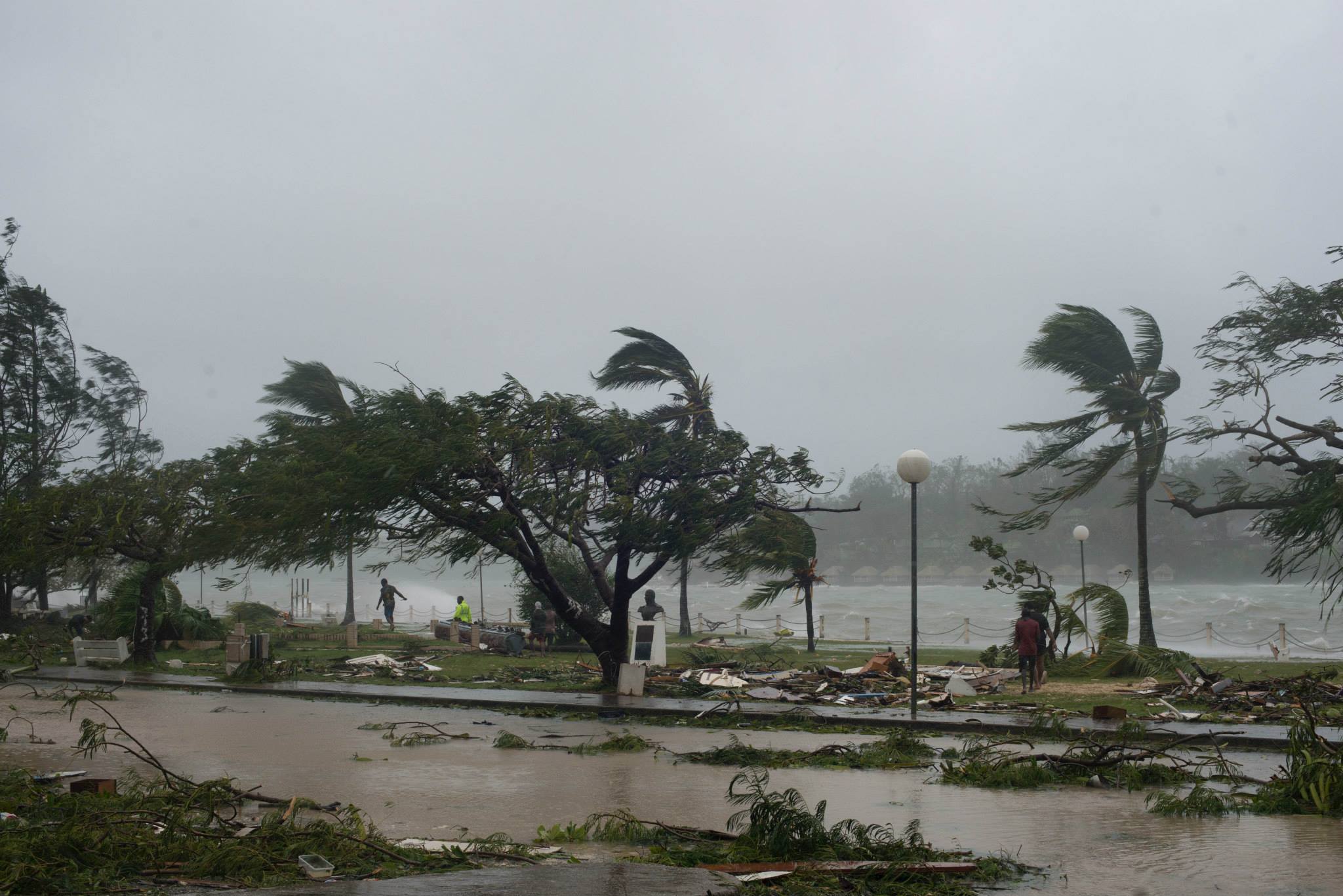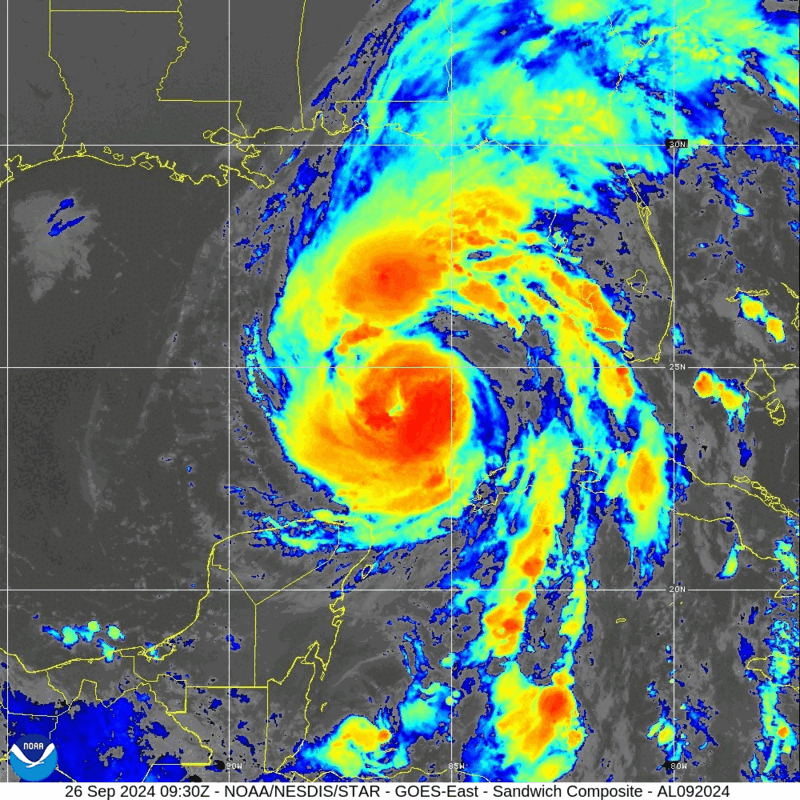
Hurricane Helene wreaked havoc across Florida and the southeastern United States, leaving at least 44 people dead and causing widespread destruction. The Category 4 hurricane, which hit land with winds of 140 mph, left behind a trail of devastation in Florida, Georgia, the Carolinas, and Virginia.
Among the victims were three firefighters, a woman and her infant twins, and an elderly woman whose home was struck by a falling tree. Communities across the Southeast faced severe flooding, downed power lines, and impassable roads, forcing rescue teams into a race against time to save lives.

In Georgia, some hospitals lost power, while Florida’s Big Bend region—home to fishing villages—suffered the brunt of the storm surge. Helicopter rescues were carried out in northeast Tennessee, where 54 people had to be evacuated from the flooded Unicoi County Hospital. In North Carolina, rising waters from a lake featured in Dirty Dancing forced evacuations as a dam became a source of concern, though it held for the time being.
Tornadoes and record-breaking rainfall added to the chaos. Atlanta saw more than 11 inches of rain in two days, the most since records began in 1878. In Florida, residents waded through chest-deep water to escape flooding homes, while power outages affected millions across multiple states.

As the storm weakened, it continued to cause flash floods and landslides in the Appalachian Mountains. Emergency officials warned that recovery efforts would take weeks, with many communities still grappling with damaged infrastructure and treacherous conditions. The effects of the storm were also felt as far away as Mexico and Cuba, where Helene brought heavy rains and power outages.
Authorities across the Southeast are continuing search and rescue operations, as the true scope of Helene’s destruction becomes clear. With extreme weather patterns likely worsened by climate change, officials are bracing for the possibility of more storms in the weeks ahead.